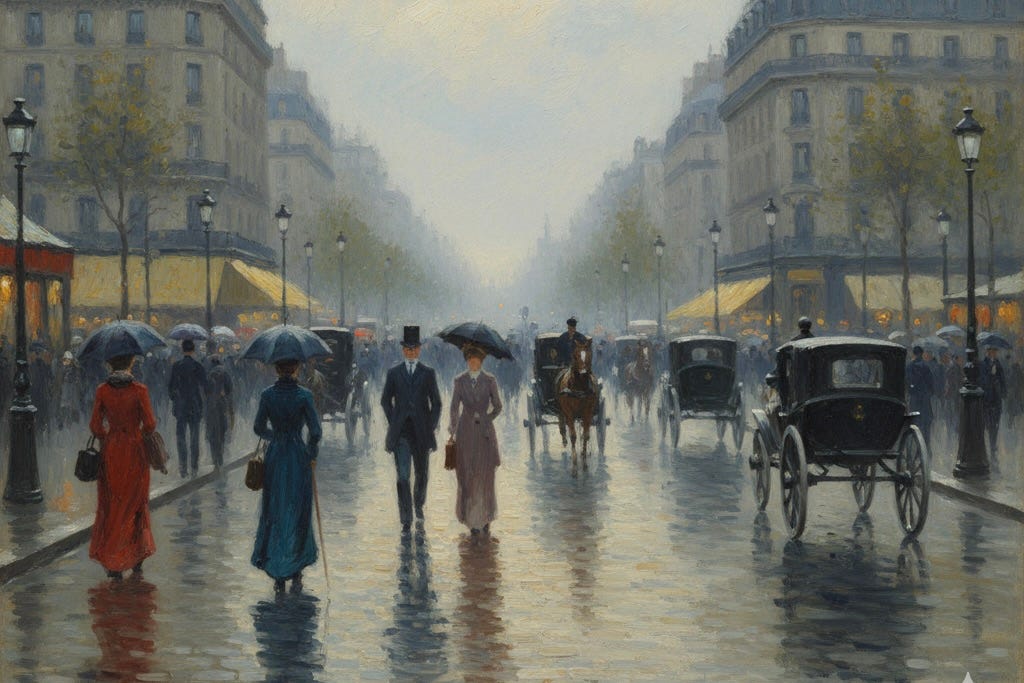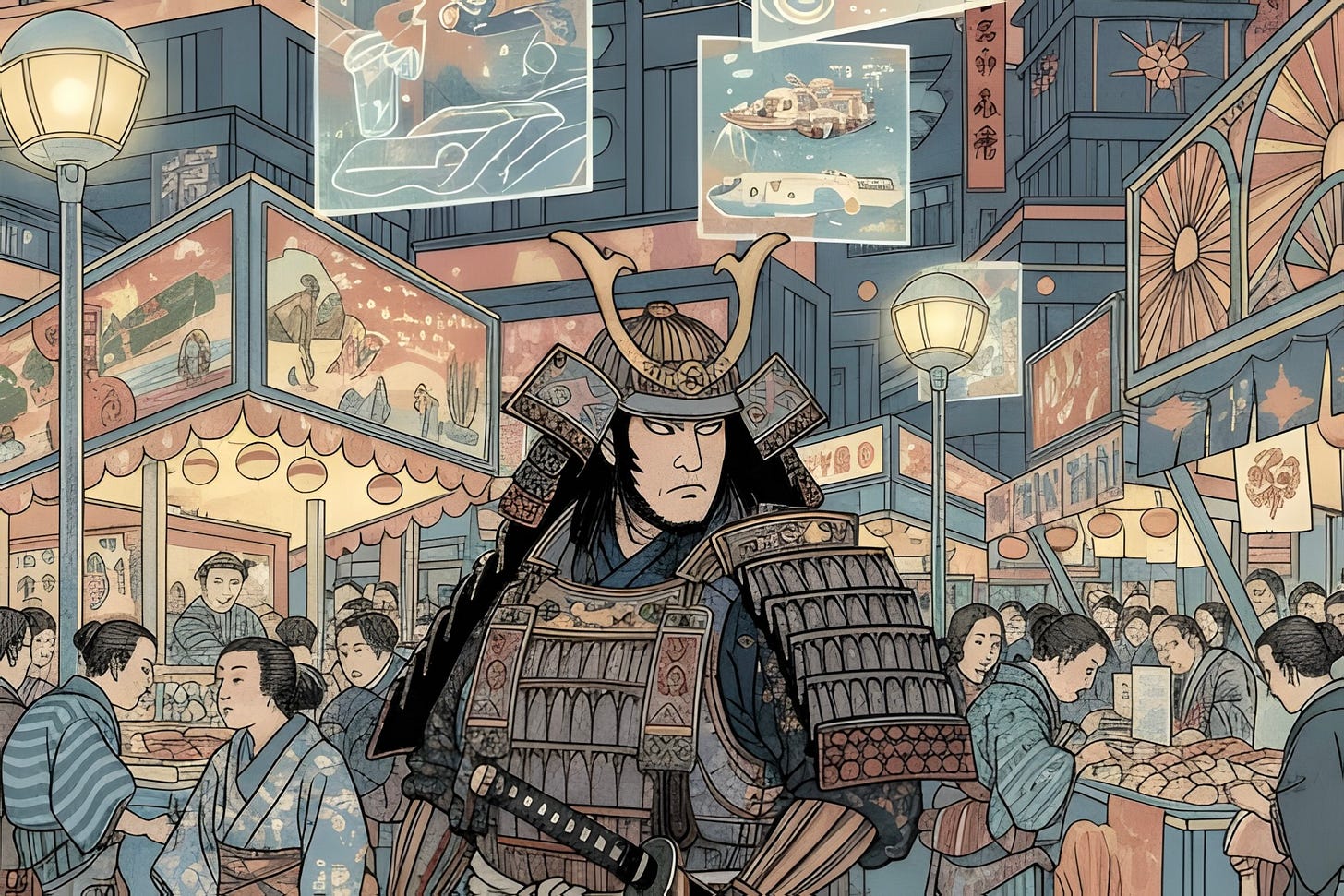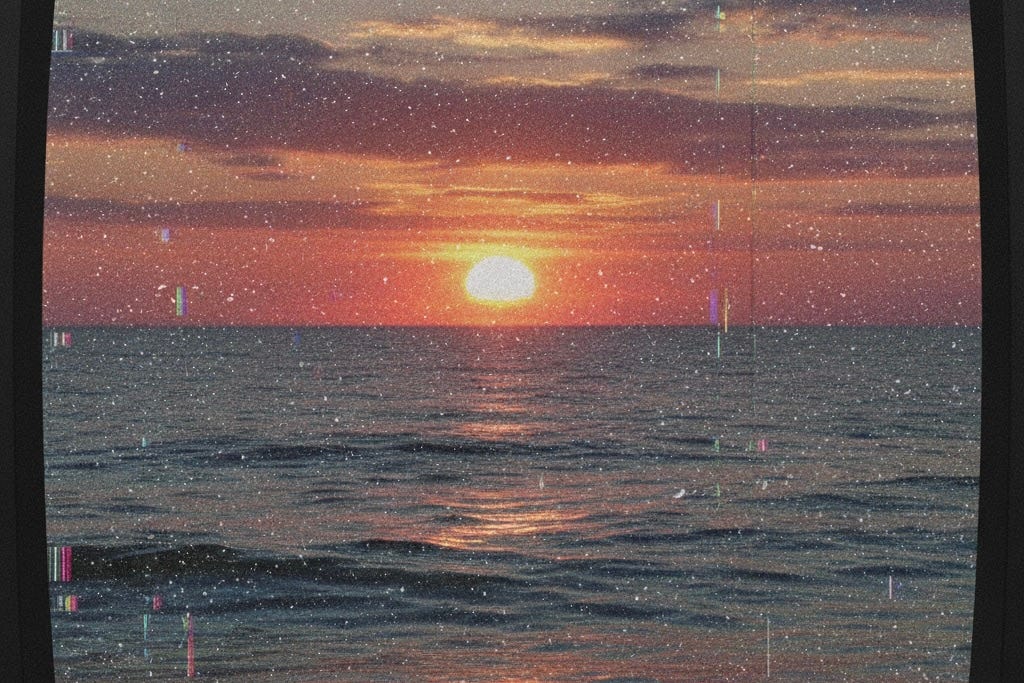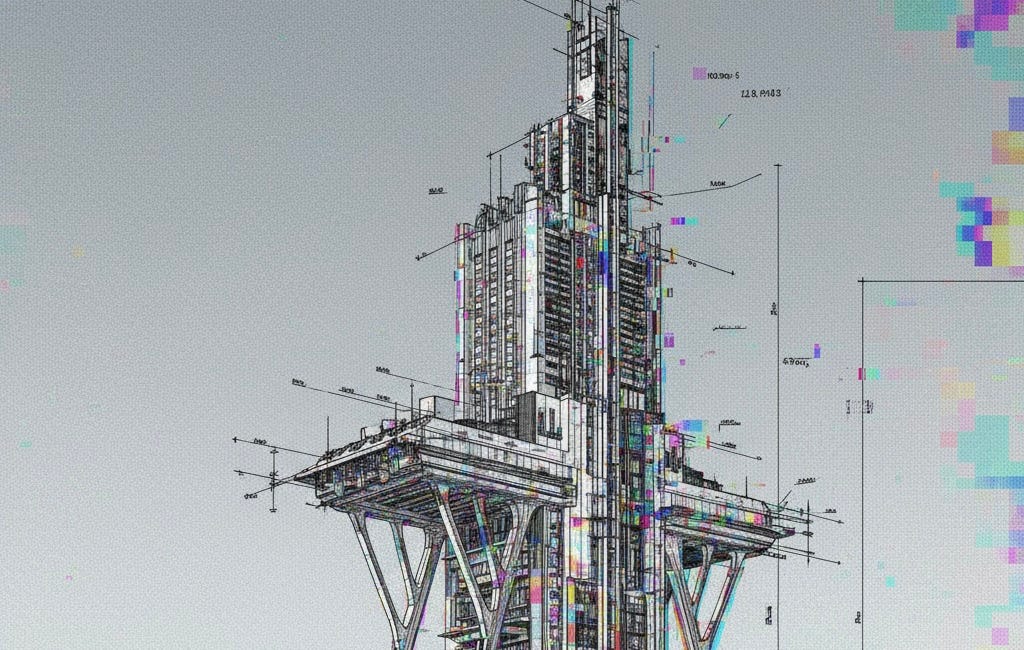5 Things Everyone Gets Wrong About AI Art
Insights from “The Alchemist’s Lens” Report
The New Medium and Its True Nature
Most of us have seen it: stunning, hyper-realistic images of astronauts riding horses or fantastical cities, all generated from a few words typed into a box. The common perception of AI art is that it’s a magic trick, a machine that flawlessly executes simple commands to produce photo-perfect results. This view, while fascinating, barely scratches the surface of what’s truly happening at the frontier of digital creativity.
This surface-level understanding misses the more profound revolution underway. Generative AI is not just a high-tech camera or an illustrator on demand; it’s a new kind of creative collaborator that operates on a logic entirely different from our own. A new guide, “The Alchemist’s Lens: A Guide to Visionary AI Art,” reframes this entire process not as programming, but as a modern alchemy—a method for transmuting the lead of language into visual gold.
Viewing the process through this lens reveals a fundamental shift in how art is conceived, not just executed. We’ve distilled the five most surprising and impactful takeaways from the report that challenge the common narrative and reveal the true nature of this powerful new medium.
A Conceptual Accelerator
The immediate allure of AI art is its ability to create images that look real. But focusing only on photorealism is like using a spaceship for a road trip—it completely misses the point. The report argues that the real artistic potential, the true alchemy, is unlocked when we move beyond simply mirroring our world and instead use AI for exploring vast, unseen landscapes of the imagination.
The true artistic power of generative AI lies not in its ability to replicate the world as it is, but in its profound capacity to interpret, distort, and reimagine it.
This changes the entire creative equation. Generative AI collapses the distance between idea and execution, creating a direct conduit from concept to image. The primary bottleneck is no longer technical skill but the “clarity, depth, and audacity of the artist’s imagination.” In this sense, AI acts as a “conceptual accelerator,” freeing the artist to focus on the vision itself.
The Crucial Skill of Curation
The romantic notion of a lone genius creating a masterpiece in a single flash of inspiration is a fallacy in AI art. The actual creative process is an iterative dialogue, an evolutionary process where the artist and machine are locked in a creative loop. An initial prompt yields images that are starting points, not final products, leading to a conversation of refinement.
This workflow is the critical strategic shift for creators. Because the process can generate hundreds of variations, the artist’s most vital role becomes that of a curator of possibilities. The creative act is found in the selection—in having the artistic sensibility to recognize potential, choose which “happy accident to pursue,” and decide which directions to abandon. The artist isn’t just curating images; they are curating the evolutionary path of an idea.
The final artwork is not the direct output of an algorithm. It is the “culmination of a series of deliberate, creative decisions made by the human artist” at every step of the process.
The “Mistakes” Are the Most Important Feature
The inherent unpredictability of AI generation—its stochastic nature—is not a flaw to be eliminated. It is its “most potent creative feature.” While artists strive for precision in their incantations, the real magic often lies in the “happy accidents”—moments of pure serendipity that lead to discoveries far more interesting than the artist’s original intention.
This embrace of chance connects directly to the Surrealists, who sought to bypass the rational mind to tap into the subconscious. Viewing the process through this lens reveals a profound parallel: the AI’s “latent space” can be seen as a kind of digital collective unconscious, a vast map of all the concepts it has learned. Prompting, then, becomes a form of digital psychoanalysis. By sending a probe into this space, the artist unearths strange and wonderful connections that defy rational construction.
The artist’s role, then, is not just to direct, but to listen—to be open to the unpredictable muse and to have the wisdom to recognize a brilliant accident when it occurs.
The Best Prompts Are Impossible Paradoxes
Once an artist moves from descriptive to truly generative prompting, one of the most powerful alchemical formulas is “prompting with contradiction.” This advanced technique involves feeding the AI an impossible concept to force it to invent something entirely new.
The report uses the example of a prompt like “a burning iceberg.” The AI cannot rely on standard images of ice or fire. It must synthesize a new visual idea that satisfies both conflicting terms—perhaps an iceberg glowing from within or one with ethereal flames licking its surface.
This technique is a powerful “engine for generating surreal, dreamlike, and deeply imaginative imagery.” It pushes the AI beyond the limits of its training data to produce visuals that a human artist might not logically conceive, turning a simple text box into a laboratory for the impossible.
Sculpt an Image by Defining What Isn’t There
Most users see negative prompts as a cleanup tool for removing errors. But in the hands of a visionary, they become an advanced technique for “sculpting by removing material,” shaping a work through composition and conceptual definition.
For example, a prompt for an “abandoned cityscape at noon” becomes far more desolate and conceptually powerful when paired with the negative prompt “--no people, no cars, no shadows, no warm colors.” This command forces the AI to find a more creative solution for depicting emptiness, using creative constraints to profoundly shape the mood and focus.
This technique allows an artist to define a scene by its absences, adding a layer of subtlety and conceptual depth that moves far beyond simple description and into the realm of poetry.
The Artist, Amplified
The common thread running through these principles is that generative AI is not a replacement for human creativity but a profound amplification of it. It is a collaborator that can brainstorm with you at the speed of light. It is a muse that can offer you visions you never would have conceived on your own. It is a tool that frees you from the constraints of manual execution to focus on the highest levels of creativity: concept, emotion, and story.
The future of art is not one of human versus machine, but of human with machine. It is a future where our innate imagination is augmented by the boundless associative power of the algorithm. As the report concludes: “The infinite canvas is not in the silicon chips of the computer; it is, and always has been, within the human mind.”
These takeaways are just a sample of the deep insights available in the comprehensive guide, “The Alchemist’s Lens: A Guide to Visionary AI Art.” To continue your journey, you can explore the full report from Aha.Day.
This post is based on:
The Alchemist's Lens
Tired of generic, soulless AI images? Ready to transform your ideas into breathtaking, unique works of digital art?





